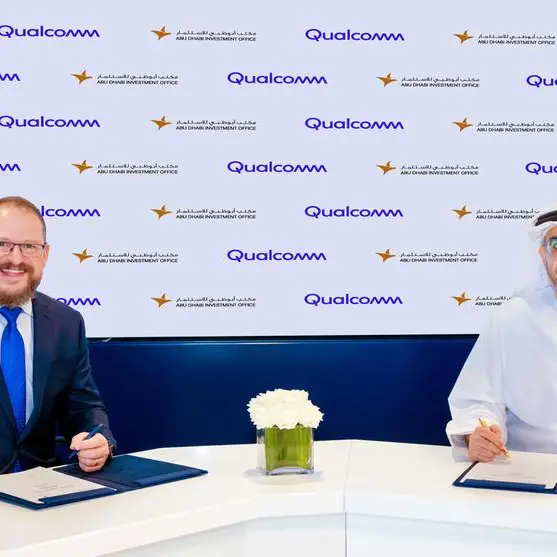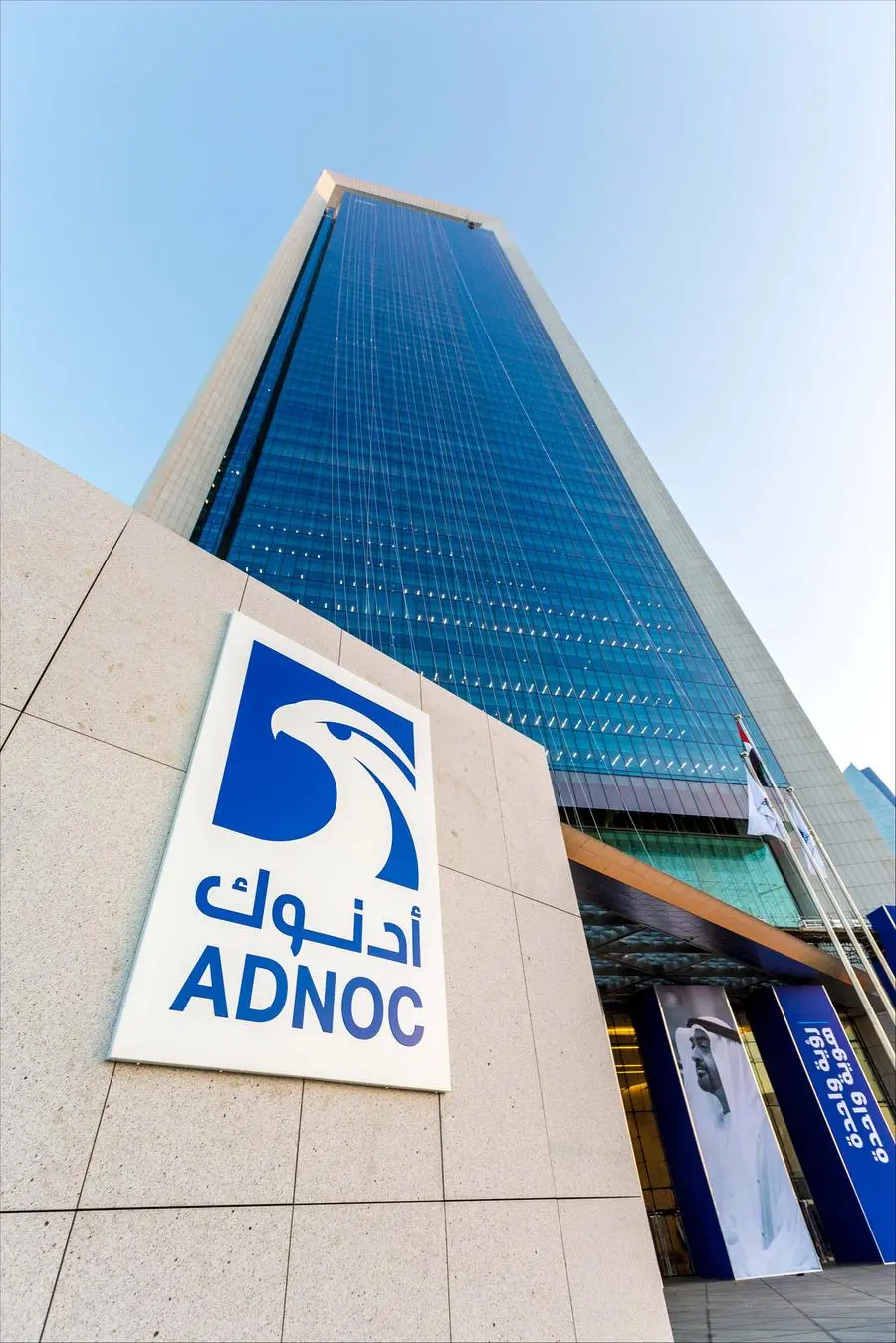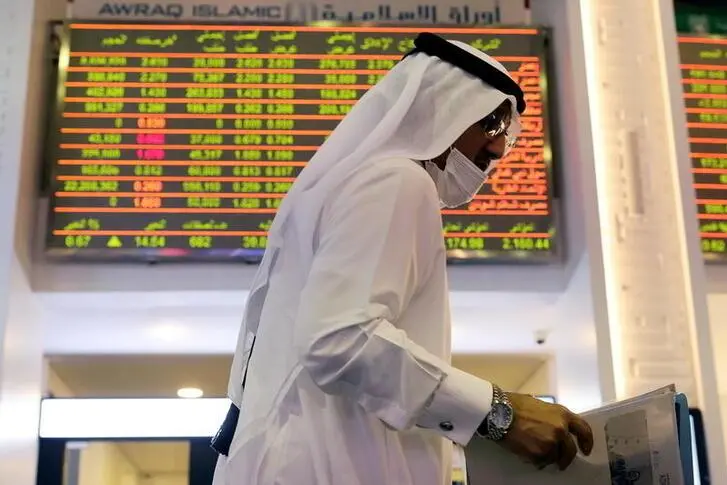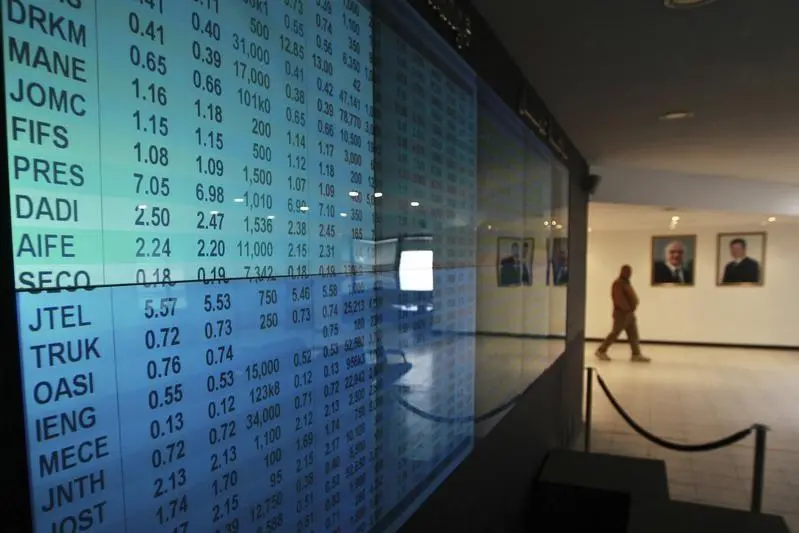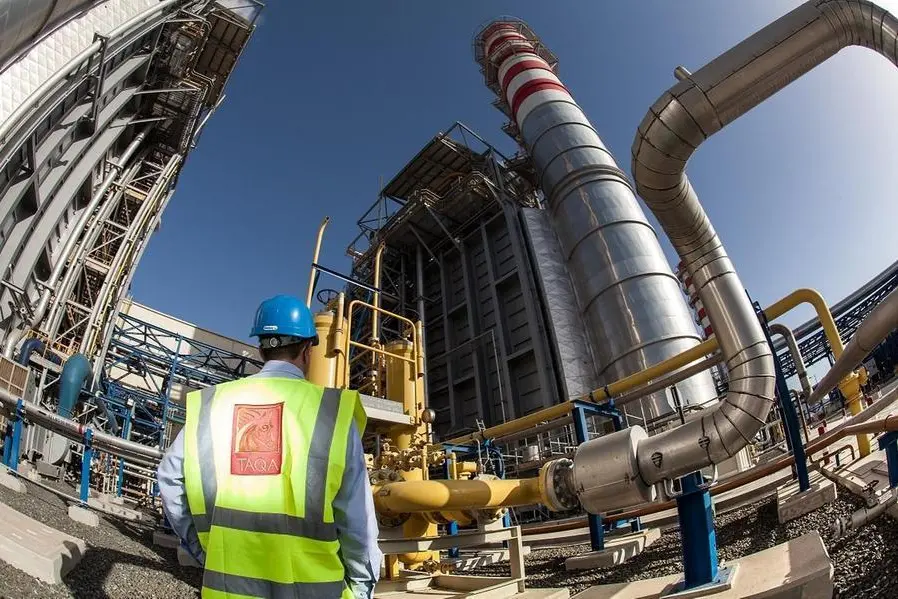Fitch Ratings - London: Fitch Ratings has affirmed Odea Bank A.S.'s (Odea) Long-Term Issuer Default Ratings (IDRs) at 'B' with a Negative Outlook and its Viability Rating (VR) at 'b'. A full list of rating actions is below.
Fitch has withdrawn Odea's Support Rating and Support Rating Floor as they are no longer relevant to the agency's coverage following the publication of its updated Bank Rating Criteria on 12 November 2021. In line with our updated criteria, we have assigned Odea a Government Support Rating (GSR) of 'no support' (ns).
KEY RATING DRIVERS
Odea's Long-Term IDRs are driven by its standalone strength, as reflected in its VR. The Negative Outlooks reflect operating-environment pressures, which heighten risks to the bank's credit profile.
The VR reflects the concentration of the bank's operations in the volatile Turkish operating environment, limited franchise and only adequate capitalisation. It also reflects weak, but improving, underlying asset quality and the bank's adequate funding and liquidity profile.
Odea is exposed to Turkish operating-environment risks and heightened macro and market volatility characterised by inflationary pressures and currency volatility. Risks to the bank's credit profile remain skewed to the downside, given macro and policy uncertainty in the run-up to the 2023 elections and Turkey's large external financing need amid tighter global financing conditions.
Turkish banks are vulnerable to exchange-rate volatility, due to refinancing risks, although the latter are more limited at Odea given its limited external foreign-currency (FC) wholesale funding exposure, and high sector foreign-currency (FC) lending as not all exposures are fully hedged against lira depreciation. Turkish banks also face risks to FC liquidity, due to exposure to external FC wholesale funding and high deposit dollarisation.
The bank's 'B' Short-Term IDRs are the only possible option in the Long-Term 'B' IDR category.
Odea's National Rating is affirmed at 'BBB(tur)'/Negative, reflecting our view that the bank's creditworthiness in local currency relative to other Fitch-rated Turkish issuers' remains unchanged. The Negative Outlook on the National Rating reflects that on the Long-Term Local-Curreny (LTLC) IDR.
Odea's subordinated notes' rating is affirmed at 'CCC+' and is notched down twice from the VR anchor rating for loss severity, reflecting our expectation of poor recoveries in case of default.
Limited Franchise, No Lebanese Exposure: Odea is a small commercial bank (0.6% share of total sector assets at end-1Q22) with operations concentrated in the volatile Turkish market and limited competitive advantages. It focuses on corporate and commercial lending and has a limited retail presence. It operates independently of its 76% shareholder, Lebanese-based Bank Audi SAL, and has no exposure to Lebanese risk.
Consistent De-Risking: Odea has tightened underwriting standards and has been focusing on loan book clean-up in recent years, leading to a contraction of its loan book on a foreign-exchange (FX)-adjusted basis since 2017. However, single obligor concentration remains high, with the top-20 loans constituting 49% of gross loans at end-1Q22.
Exposure to high-risk sectors such as real estate (22% of loans; notably shopping malls), tourism (10.4%) and energy (8.3%) is high, especially in light of the sensitivity of these sectors to the operating environment. FC lending remains high (end-1Q22: 50%), heightening credit risks as not all borrowers are fully hedged against lira depreciation, in our view.
Decreased NPLs; High Stage 2: Odea's non-performing loan (NPL) ratio has been improving in recent years, reflecting the bank's de-risking strategy. It fell to 6.5% at end-1Q22 (end-2020: 10.7%), despite loan book contraction, supported by higher collections and lower impaired loan generation, but remains high versus the sector average of 2.9%. However, Stage 2 loans are reportedly higher (end-1Q22: 30%) than at peers though they have remained stable, while average reserves coverage is also fairly high (35% at end-2021), reflecting the concentrated nature of this portfolio. A high 72% of Stage 2 loans are restructured.
Moderate Profitability: Odea's annualised operating profit/risk-weighted assets (RWAs) improved to 1.8% in 1Q22 from 0.7% in 2021, but this was mainly due to higher trading income. Profitability has been weighed down by high loan impairment charges (equal to a high 60% of pre-impairment profit in 2021), as the bank has built up provisions in its loan book clean-up, and low growth. Fitch expects the bank's profitability to remain moderate given its fairly limited growth appetite, despite pressure on operating expenses in the inflationary environment and risks to asset quality from macro uncertainty, although we expect some uplift from CPI-linked products in the short term.
Adequate Capitalisation: Odea's common equity Tier 1 (CET1)/RWAs improved to 13.6% at end-1Q22 (10.3% net of forbearance) from 12% at end-2020. The bank's total capital adequacy ratio is substantially higher at 26.5% (around 21% net of forbearance), supported by US dollar-denominated subordinated debt, which has a call option in August 2022 and provides a partial hedge against lira depreciation. Fitch views Odea's capitalisation as only adequate given risks to asset quality and the sensitivity of capital to lira depreciation.
Deposits-Funded; Low Refinancing Risks: Odea is largely funded by customer deposits (81% of total funding at end-1Q22). The bank's loans/deposits of 72% significantly outperforms the sector average, but the share of FC deposits remains high (64%). FC wholesale funding is low, and the bank has sufficient FC liquidity to cover short-term FC debt and a moderate share of FC deposits. However, FC liquidity could come under pressure from FC deposit instability or market closure.
Link to Rating Actions: Rating Actions
-Ends-
Media Relations: Louisa Williams,
Email: louisa.williams@thefitchgroup.com
Additional information is available on www.fitchratings.com
About:
ALL FITCH CREDIT RATINGS ARE SUBJECT TO CERTAIN LIMITATIONS AND DISCLAIMERS. PLEASE READ THESE LIMITATIONS AND DISCLAIMERS BY FOLLOWING THIS LINK: HTTPS://WWW.FITCHRATINGS.COM/UNDERSTANDING CREDITRATINGS. IN ADDITION, RATING DEFINITIONS AND THE TERMS OF USE OF SUCH RATINGS ARE AVAILABLE ON THE AGENCY'S PUBLIC WEB SITE AT WWW.FITCHRATINGS.COM. PUBLISHED RATINGS, CRITERIA, AND METHODOLOGIES ARE AVAILABLE FROM THIS SITE AT ALL TIMES. FITCH'S CODE OF CONDUCT, CONFIDENTIALITY, CONFLICTS OF INTEREST, AFFILIATE FIREWALL, COMPLIANCE, AND OTHER RELEVANT POLICIES AND PROCEDURES ARE ALSO AVAILABLE FROM THE CODE OF CONDUCT SECTION OF THIS SITE. DIRECTORS AND SHAREHOLDERS RELEVANT INTERESTS ARE AVAILABLE AT HTTPS://WWW.FITCHRATINGS.COM/SITE/REGULATORY. FITCH MAY HAVE PROVIDED ANOTHER PERMISSIBLE SERVICE TO THE RATED ENTITY OR ITS RELATED THIRD PARTIES. DETAILS OF THIS SERVICE FOR RATINGS FOR WHICH THE LEAD ANALYST IS BASED IN AN EU-REGISTERED ENTITY CAN BE FOUND ON THE ENTITY SUMMARY PAGE FOR THIS ISSUER ON THE FITCH WEBSITE.
